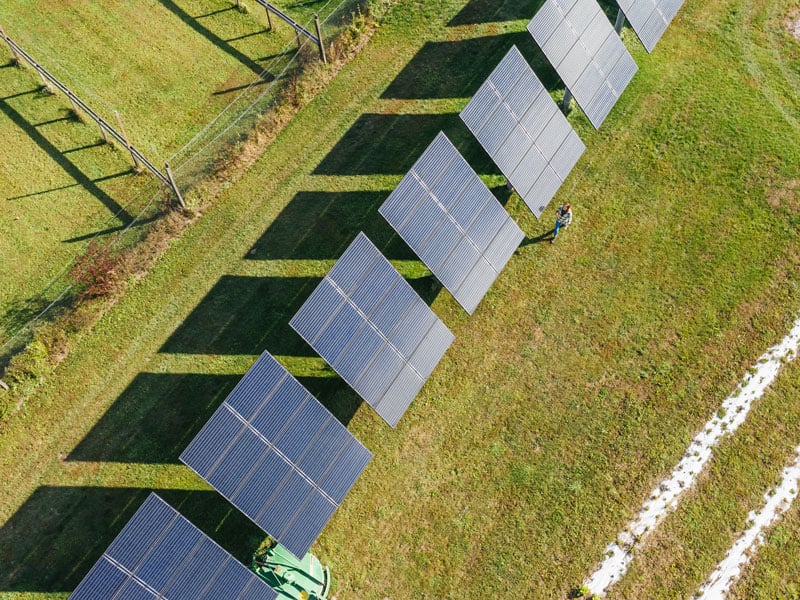The term "new normal" has often been used in post-pandemic environments, but what does it mean when we talk about infrastructure? We could summarize it in several elements: interactive devices and actions, interoperability when needed, resilient power and connectivity, and a seamless customer experience in a secure environment.
As digitization increases, larger amounts of data will be captured, analyzed and stored. According to Forbes, each day, the world produces more than 2.5 quintillion bytes of data. The challenge we face now is to create the platforms to support that data. In the case of smart cities, these platforms will help manage the collection and processing of data from many digital sources to provide information on impactful topics including weather, events, parking and transport, both for analysis and decision making.
The deployment challenges for these platforms in Latin America are significant. The region is the second most urbanized on the planet and could reach up to 90% urbanization by 2050, according to the Inter-American Development Bank (IDB), its urbanization process has been accelerated and is happening in a disorderly manner, which has posed greater challenges in terms of mobility, urban planning and public services.
In spite of the disorder, our cities have begun to move towards smart initiatives, focused on public transport, smart buildings, communications networks, Wi-Fi, and mobility. Cities such as Santiago, Mexico City, Bogota, Buenos Aires, Curitiba, Medellin and Montevideo already have projects of this nature.
For these initiatives to be successful, both citizens and governments need to trust the infrastructure behind them. There are two key factors in building this trust: reliability and latency. 5G and edge computing will be significant contributors to reach the low latency required to connect several dedicated networks of mobile devices, sensors, cars, home appliances and data centers. A mix of on-premise and cloud will also create the right ecosystem for smart infrastructure.
The right edge infrastructure is among the first steps in achieving the level of compute capacity and low latency smart cities demand.
In order to make the right decisions regarding this infrastructure, Vertiv has developed a framework with specific edge infrastructure models to help organizations make practical decisions:
• Device Edge: The compute is at the end-device. It is either built into the device, for instance, a smart video camera with artificial intelligence capabilities, or is an “add-on edge,” for example, a computer attached to an automated guided vehicle.
• Micro Edge: A small, standalone solution that ranges in size from one or two servers up to four racks. It is often deployed at an enterprise’s own site.
• Distributed Edge Data Center: A small, sub-20 rack data center that is located at the enterprise site, telco network facility, or regional site.
• Regional Edge Data Center: A data center facility located outside core data center hubs. They share many features of hyperscale data centers.
Smart cities have the potential to leverage technology to benefit the way we work, travel, connect and do business, but we need to choose the right edge infrastructure and make important decisions about how best to use our existing infrastructure and where to invest.
Stakeholders working on creating the smart city environment in Latin America, such as governments, telcos, and enterprises, should start by asking themselves: What is the right edge infrastructure model for my needs, and how can I build an infrastructure that supports the required latency and reliability?
The answer to that question will set the path to the future.






